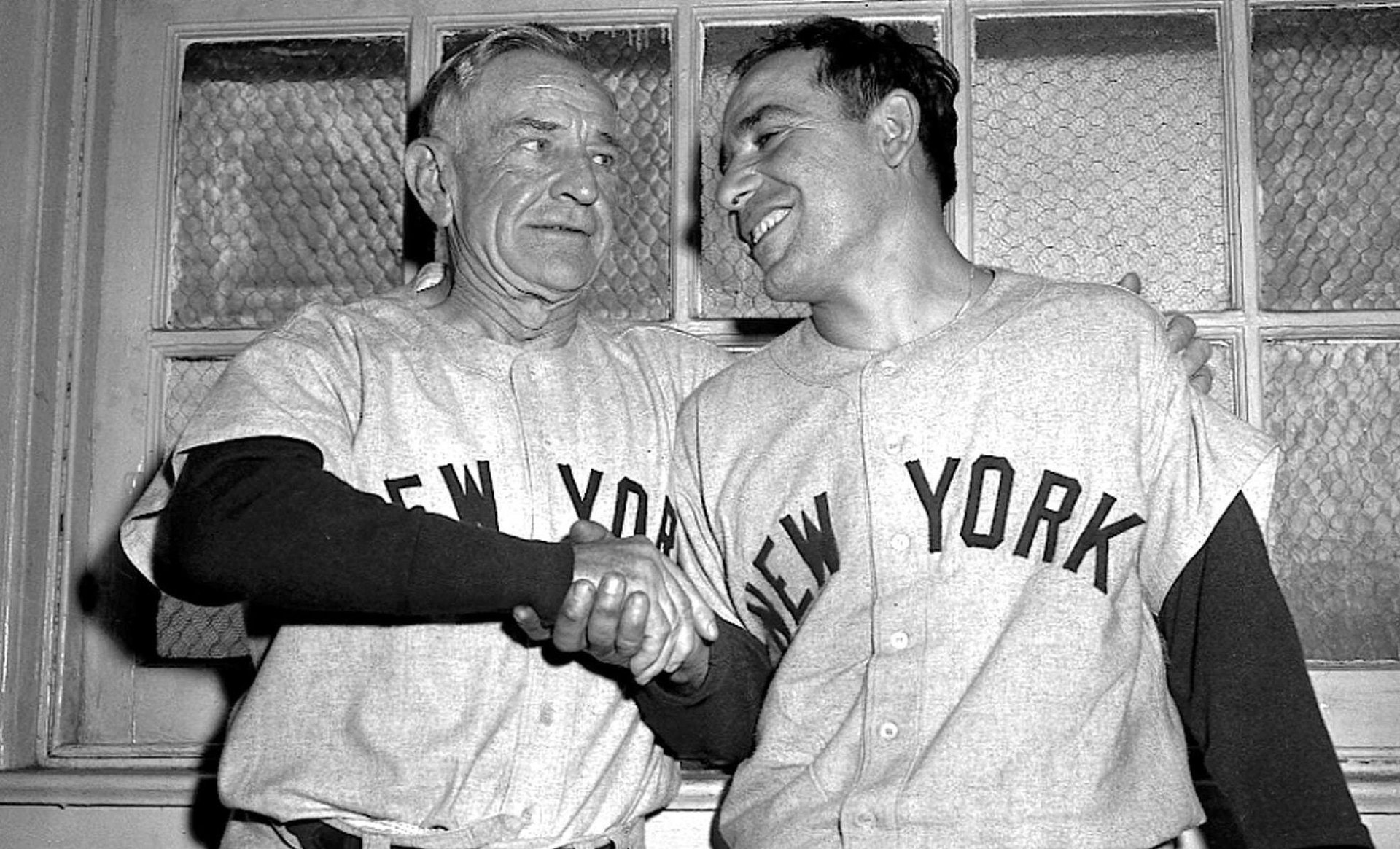The No. 1 thing CEOs want from executive coaching? Self-awareness
Executive coaching once carried a stigma, much like psychotherapy, in part because it was mainly employed to solve a problem or to “fix” difficult personalities.


Executive coaching once carried a stigma, much like psychotherapy, in part because it was mainly employed to solve a problem or to “fix” difficult personalities.
Now, it’s become so common for top executives to be coached that it’s viewed as a perk, a sign of having arrived at the top.
Executive coaching has grown into an industry with an estimated $1.5 billion in annual revenue and more than 20,000 dues-paying members of the International Coach Federation. Surveys indicate that most of the biggest companies now use coaches. What their executives most often talk about in these sessions isn’t their business strategy, but themselves.
In a survey of coaches employed by Korn Ferry, an executive search and advisory firm, “self awareness” was the No. 1 topic the coaches worked on with CEOs. The second most popular? ”Interpersonal relationships, listening skills and empathy.”
“We’re often adding reflection and judgment” to the executive’s tool kit, says Dean Stamoulis, co-founder of the leadership development practice at Russell Reynolds Associates, another big search firm. “We help round out the edges.”
Many executives rose through the ranks on the strength of their technical skills, intellect, and ambition. Once they reach the top of the organization, they can no longer manage people through force of will—they need a new set of skills to persuade and influence. That’s particularly true in multinational corporations, where lines of control aren’t always clear, says Janet Feldman, a managing principle with Korn Ferry, which employs 600 coaches.
“There’s been a huge change, and we no longer see the same the rigid hierarchies and structures,” Feldman says. “With globalization and technology, we’re seeing companies operate across boundaries, across borders, and people are being asked to influence across boundaries and borders without authority.”
A coaching engagement usually starts with assessment period to understand the executive’s strengths and weaknesses. The coach will often interview co-workers, and even the executive’s spouse if possible, to gather feedback. After developing a plan to attack the weaknesses, the coach and executive will meet once a month for several hours, ideally away from the office and its distractions.
One executive Stamoulis worked with would be short-tempered and overly critical with employees when he was under stress, and react angrily when presented with new information. As a result, his lieutenants withdrew and avoided him. Stamoulis urged him to develop relationships with his employees in more relaxed settings, whether chatting in the hallway or meeting weekly one-on-one with his direct reports.
Stamoulis also makes suggestions about how to begin conversations, recommends regular exercise and yoga routines, and hands out reading assignments. (The Open Organization, by Red Hat CEO Jim Whitehurst, is a favorite.)
Whether coaching actually works is hard to pin down. While one 2001 report conducted by a coaching and consulting firm pegged the return of coaching at 5.7 times the investment, a figure frequently touted by the industry, another academic study was critical of its methodology, stating “the ROI metric is of very limited validity.”
Given the murkiness of human relationships, and the complexity of large organization, calculating how much a company really profits from a kinder and gentler CEO may be impossible.
But as, Stamoulis says, “at the very least, their self-awareness is higher.”